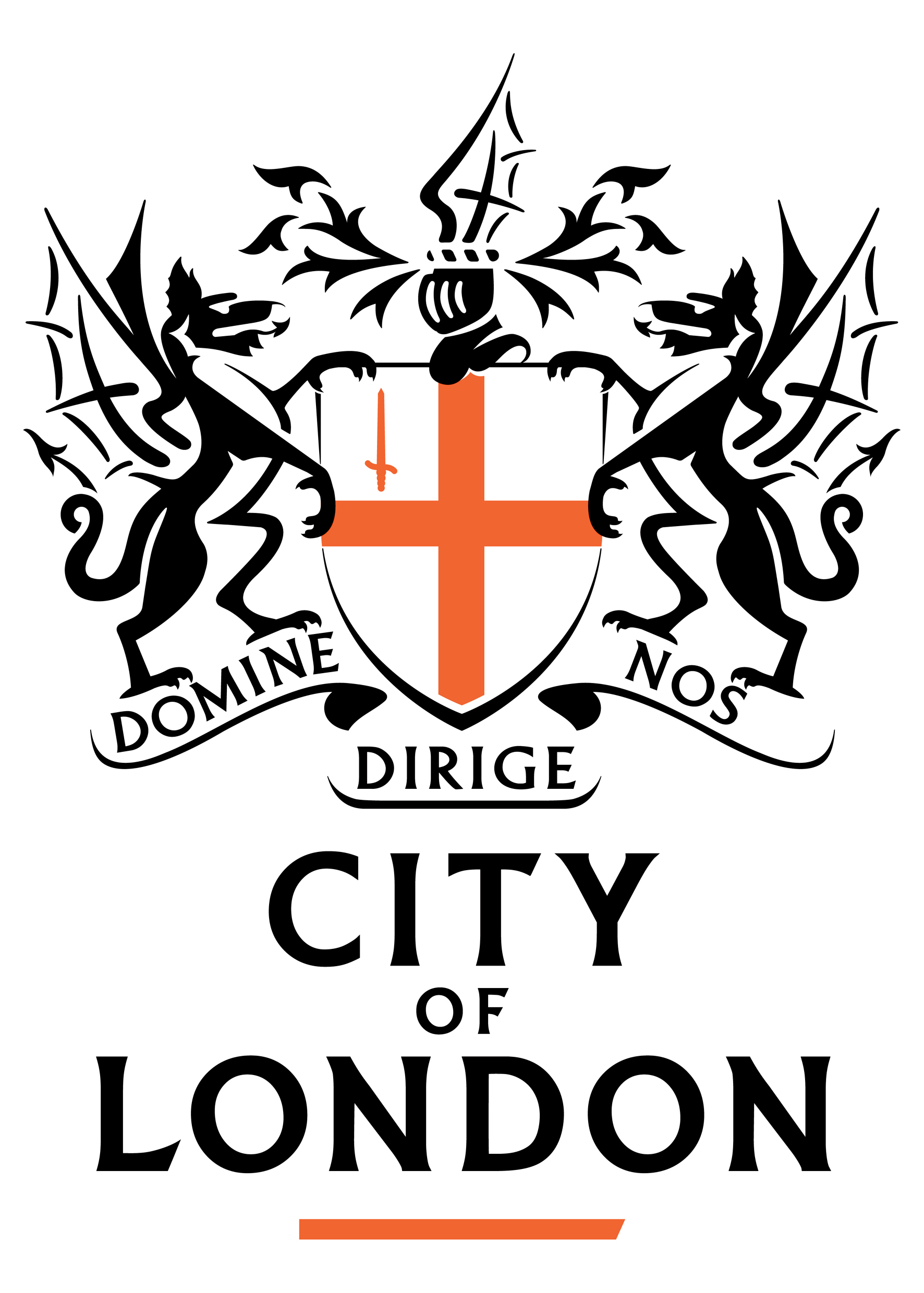
- You are here:
- Agenda item
Agenda item
Draft Air Quality Strategy 2025 to 2023
Report of the Interim Executive Director for Environment.
Minutes:
The Board received a report of the Interim Executive Director for Environment, concerning the draft Air Quality Strategy 2025 to 2030.
The polluting impact of generators, and of development in the City, generally was raised as a concern. The Board heard that a particular incident with a generator in the City had been resolved and was being monitored. There were officers who were funded through the construction levy who engaged with construction sites to ensure best practices and that the site met the latest standards and responded to any incidents.
A Member of the Board questioned how the draft Strategy would be presented and communicated to residents of the City of London. The response received was that the consultation would be hosted on Commonplace, an online platform. It was acknowledged that there was a high volume of complex data and information, and it was aimed to present this in a manageable and digestible manner.
It was queried whether the Corporation was working with neighbouring London Boroughs on air quality. The response was the affirmative, and that the Corporation chaired an air quality steering group and was involved in developing policy and work with its neighbours to drive projects, demonstrating leadership and innovation to influence those surrounding the City of London.
Members raised that the draft Strategy referenced an older version of the Health and Wellbeing Strategy which had an air quality priority, which was no longer the case. However, the Board agreed that it wished to endorse the sentiment, noting the health benefits for improved air quality.
The levels of nitrogen oxide produced by river vessels was highlighted. The Board heard that the data was provided by the Greater London Authority and could never be absolute. The Corporation worked with the Port of London Authority, including a trial of retrofitting diesel engines on river vessels to reduce pollution, albeit it was more difficult to retrofit boats than road vehicles. There had also been work to encourage industries based along the Thames to enable the most up to date machinery. It was said, however, that it could be expected that as road traffic reduced, the relative proportion of pollution would increase for other modes of transport such as the river.
Members of the Board referenced the levels of pollution around Smithfield Market shown on the maps within the Strategy. The Board heard that this was most likely due to the vehicles around the market rather than the machinery. It was noted that refrigeration was not governed by the same euro standards as construction equipment, and this had yet to be addressed.
RESOLVED – That the report be received, and its contents noted.
Supporting documents:
-
Report - Air Quality Strategy 2025 to 2030, item 12.
 PDF 388 KB
PDF 388 KB -
Appendix 1 - Draft City of London Air Quality Strategy 2025 - 2030, item 12.
 PDF 4 MB
PDF 4 MB